|
1/1/2018 4 Comments Grapevine Training and Pruning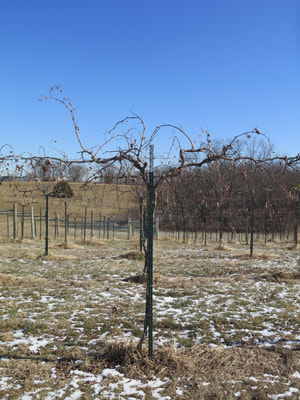 Grapevines require training during the first few years after planting to guide growth and optimize production. Even after they are established, grapevines need attention, care, and pruning at different stages of the seasons. During the winter transition between fall harvest and bud break in spring, leaves fall off the vines once temperatures drop and the weather turns cold. Bare grapevines require pruning and maintenance from January through March to remove dead wood and prepare for optimal growth in the following year. Spur Pruning The illustration below depicts several methods for training young grapevines and pruning. Fence Stile uses the spur pruning method on all cultivar varieties, such as Vidal Blanc, Vignoles, and Chambourcin. "The intent of pruning in general is to control the size of the vine, optimize the production potential of the vine, and to maintain the balance between shoot and fruit growth," vineyard manager Shawna Mull explains. "The decision on how to prune can be dictated by the cultivar. Some cultivar produce better or a more even crop by cane pruning or other types of pruning. Spur pruning creates a strong cordon over the long term." In the vineyard, the cordon is the part of the vine that looks like arms. A cordon refers to the vine's growth in a cord-like shape along a linear path that may be single or doubly split from the main vertical root vine. The cordon provides support for spurs, or shoots that grow from the vine and will produce fruit. A formula is used for each variety of cultivar, or type of grapevine such as Seyval or Chambourcin, to calculate how many nodes/buds will be left on each vine to produce the optimal amount of fruit it can ripen. "This number is a starting point as each vine is surveyed and treated as an individual," Mull says. "Ultimately, we are trying to achieve balance. We try to keep the spurs an even distance apart and balanced on both sides of the cordon. While making these decisions, we try to consider how each new shoot will affect the next as it grows. We try to alternate the direction to keep them from potentially creating too much shade for the neighboring spur and shoots. We always try to save the best cane that is also closest to the cordon at that spur interval. This keeps the fruit weight close to the cordon and reduces the chance of breakage during storms." Pruning in Orderly Fashion
Fence Stile conducts pruning in the vineyard in the order that the vines would be harvested. "The Vignoles would be first. They will also take the most time because of their vigor," Mull says. "The Seyval are the least vigorous so I would do the Vidal next and then Seyval. The Chambourcin and Concord are the latest harvests so they would be last of the established blocks." Newer blocks of planted vines, such as Cabernet Dore, at Fence Stile "have a lot of vines that will have strong cordons already so we can prune to one bud per spur," Mull says. "Some of them, along with the Crimson Cabernet, are just making it to the wire. We will prune to one bud below the wire or to the first green internode, if not to the wire yet. We want to promote vigor in these young vines to grow strong trunks and cordons so they will be ready in a couple years to bear their first crop." The amount of pruning that can be accomplished in a day depends on the weather. Also, pruning is specific to the cultivar's vigor and the number of canes. For example, the Seyval vines were not as vigorous as the Vidal and Vignoles. "It takes longer to prune a hearty Vignoles vine because there are more canes and the canes are larger. If the weather is good, we can spend more than an hour or so outside at a time," Mull says. "One person can average 100-plus Seyval vines in a day. It may take two days to prune 100 of our Vignoles vines." Pruning at Just the Right Time Timing matters in the pruning process before bud burst occurs. As the term suggests, bud burst denotes when the vines first produce springtime growth. New buds will burst as shoots grow and, in time, develop leaves and flowers. "If Stephen [Fence Stile's winemaker] and I start the first week of February, then we should be able to finish all the pruning by the end of March just in time for bud burst," Mull says. "We don't want to start pruning too early as the pruned plants become more susceptible to winter or cold injury. However, it is important to have all the pruning done before bud burst. The biggest fear is always that late spring frost that can cause bud damage." Different Goals for Different Grapes Pruning methods vary, depending on the type of grapevine and the goals for production. "We will leave more buds on the Vignoles because we want to make the vine produce more clusters," Mull explains. "Our Vignoles produce a large amount of foliage and can become unbalanced with vigor. They are hearty with large, strong trunks and cordons. If we leave five to six nodes per spur, then we will average about 60 nodes total per vine." Doing so insures the plant will focus its energy on clusters and not so much vigorous growth. Comparatively, the Seyval and Chambourcin are much less vigorous. "We will leave fewer nodes per plant so that we insure enough vigor or foliage to provide ample photosynthesis to ripen the crop load," Mull says. "In simple terms, more buds per plant equates to the more clusters you should get. Fewer buds make the vine think it must grow foliage to survive so clusters are fewer. We always want balance in the vine so there's not too much vigor and just the right amount of clusters for that vigor to ripen." Vine training Once planted, Fence Stile's vines are trained to grow into a double cordon formation. In other words, the upper cordons will form a T-shape at the top of the vertical root vine. The vine is tied to the cordon wire of the trellis for support. New fruit producing shoots will grow from the cordon spurs every spring. "At Fence Stile we use two types of double cordon training," Mull explains. "High wire cordon training is used for cultivar that naturally like to grow downward. We purposely prune their spurs to point downward." Other cultivar prefer to grow upward. "We use the Vertical Shoot Position to train the cordon and prune spurs pointing upward," Mull says. "The cordon is kept lower to the ground and the shoots are supported by the positioning wire built into the trellis, helping them to grow upward. The fruiting zones on either training system is kept close to the cordon at the supporting wire." Fence Stile uses the Scott Henry training system for Concord vines. This method allows for grape clusters to grow closer to the ground for easier access while harvesting.
4 Comments
Thomas L Zweigart II
8/8/2018 06:59:34 pm
Just started Vignoles and Vidal this year. Found your website informative. What training system do you use on your Vignoles and Vidal if I may ask? Any pointers appreciated!
Reply
Shriti
8/9/2018 08:51:18 am
Hey Thomas - Shawna (our vineyard manager) would be happy to walk the blocks with you and discuss any questions you have. Feel free to come by the vineyard or email Shawna at [email protected]. We are also harvesting in a few weeks - feel free to join one of our harvest parties by signing up through [email protected].
Reply
Thomas Anthony Miller
4/24/2019 01:23:47 pm
Stumbled upon your website in a google search for cordon trained spur pruning. My wife and I decided to plant 30 merlot vines and they seem to be doing well. I am a complete rookie--no experience at all and we did this because we were sick of our lawn. What I really want to know is how do I train/prune the young first year vines to make a bilateral cordon. I have searched and searched, but nothing easy breaks it down step by step--do you have a book suggestion or some other advice?
Reply
Shawna (our vineyard manager) would be happy to walk the blocks with you and discuss any questions you have. Feel free to come by the vineyard or email Shawna at [email protected].
Reply
Leave a Reply. |
Archives
September 2021
Categories |
HoursWinter Hours December - February
Saturday: 11 am - 5 pm Sunday: 11 am - 5 pm Regular Hours: March - November: Thursday 3 pm - 7 pm Friday 12 pm - 8 pm Saturday 11 am - 8 pm Sunday 11 am - 5 pm |
Telephone - 816-500-6465 |
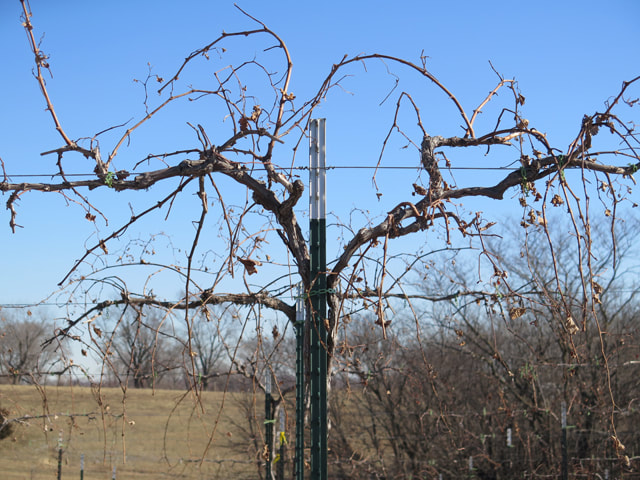
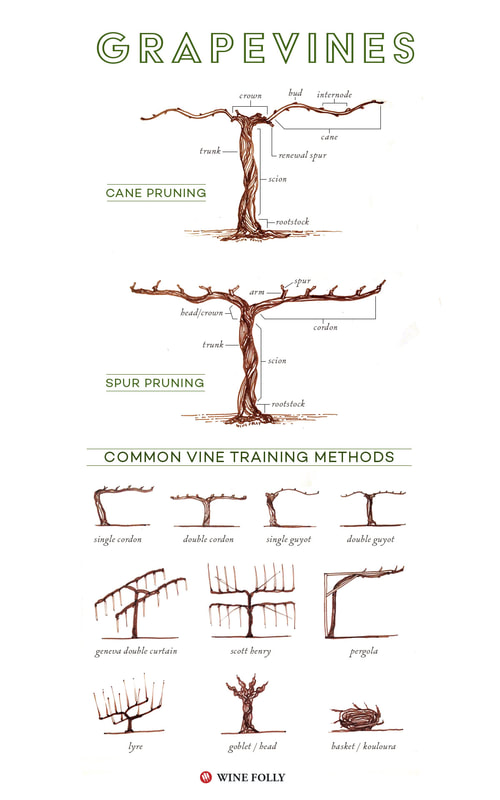
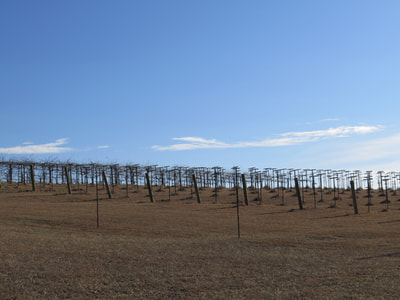
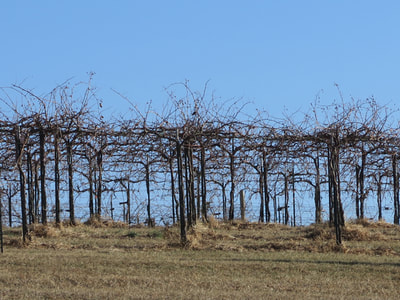
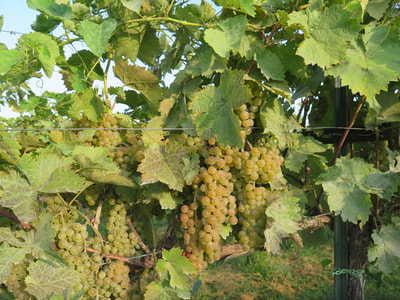
 RSS Feed
RSS Feed






